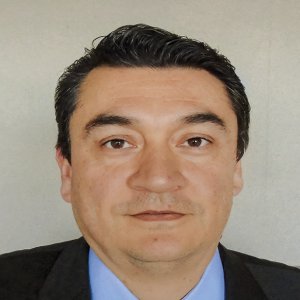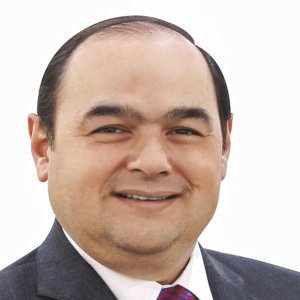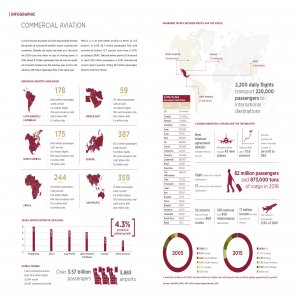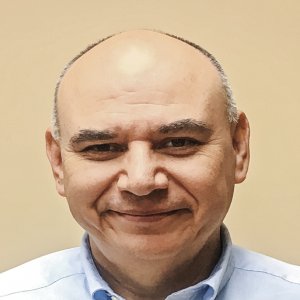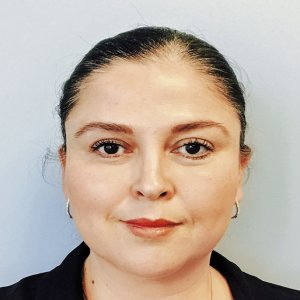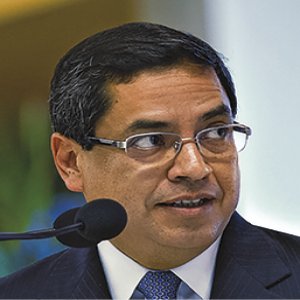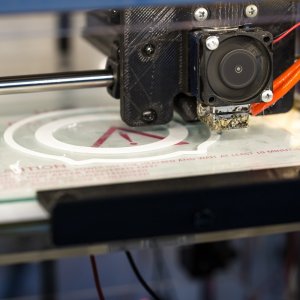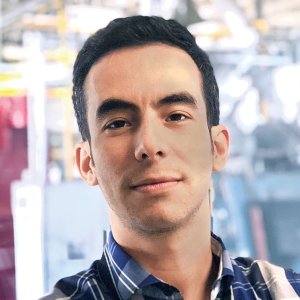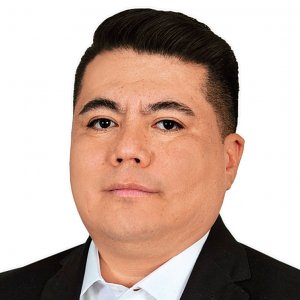Innovation As A Strategy for Growth

STORY INLINE POST
On a daily basis, aircraft go from the relatively benign environmental conditions at ground level to the extremely low temperatures and pressures of midflight. Added to the constant de-pressurization and pressurization cycles, the burdens placed on any aircraft would be sufficient for parts of less-than-perfect specifications to succumb to corrosion and structural failure. In the case of aerospace alloys, an incorrect metallic distribution can be catastrophic. For that reason, all aerospace materials must adhere to strict resistance requirements and constant and reliable testing is necessary for all components.
Helmut Fischer, which specializes in coating thickness measurements, material testing and surface inspection, believes the development of new technologies can reinvigorate testing. In 2016, the company brought X-ray fluorescence and radioactive isotope probes to Mexico. In 2017, it plans to bring a new line of ultrasonic equipment to measure the thickness of materials, a portable X-ray device for spectral analysis and pulsed laser at a terahertz frequency to measure multilayers of paint. Of all these techniques, Leonardo Romero, Country Business Manager of Helmut Fischer, says the company “believes that the ultrasonic and X-ray fluorescence equipment will impact the aerospace sector the most.”
Ultrasonic equipment measures materials’ thickness up to 2in and has the advantage of not requiring the presence of metallic elements in the tested material. This characteristic makes it suitable for the analysis of composite materials that are commonly used in the aerospace sector, Romero says. X-ray fluorescence, on the other hand, is a useful technique to determine the exact composition of metallic alloys. In the aerospace industry these are often aluminum, titanium and nickel-cobalt alloys. Both techniques have the added advantage of permitting a part to be tested without dismantling it.
To address the testing needs of many sectors, the company invests in the development of innovative equipment. In 2017, Helmut Fischer performed the installation of the first iMOXS in a Mexican research center, which couples a modular
X-ray source with an electron-scanning microscope (SEM). This permits a more comprehensive sample analysis, as a traditional electron-scanning microscope only grants a view of the sample’s surface. Helmut Fischer’s technique simultaneously measures parts per million (ppm) of heavy elements from aluminum to uranium. This technology augments analysis capacity while avoiding the need to buy completely new equipment because the iMOXS can be retrofitted into existing electron-scanning microscopes.
The company’s goal is to introduce its new measurement technology to many manufacturing sectors. But since aerospace is growing more than other sectors, Helmut Fischer has incorporated new clients from the sector. These include ITP in 2016, and the company is focusing on continuing relations with Safran Messier Dowty and Airbus. “Safran Messier Dowty is using our high runners, which measure the thickness of zinc and zinc-nickel coatings,” says Romero. For environmental reasons and lower costs, zinc coatings are gradually being replaced by zinc-nickel in military and civil aircraft coatings. The company is also supporting Airbus to certify its equipment and has more projects in the pipeline for the sector. “In 2017, we expect to work with Aernnova and Honeywell Chihuahua. Both companies showed interest in our equipment.” It is also developing projects for Eaton, Amphenol Aerospace and Textron’s Hawker Beechcraft.
Romero expects the aerospace industry to continue growing even after recent hurdles are taken into account. “We feel that Queretaro’s aerospace sector has slowed down slightly since the US election in November 2016 but most players in the state are still optimistic about its future. In Queretaro, aerospace is more active than the automotive or the oil and gas sectors,” he adds. Helmut Fischer works with many different sectors so Romero says that this slowdown is an opportunity to enter new markets, such as jewelry, and to explore a return to oil and gas. In spite of the cited slowdown, in 2016 the company still secured deals in Queretaro, closing a sale with CIDETEQ for the latest generation nanoindenter that measures indentation hardness. This equipment will be the first of its kind in Latin America.
